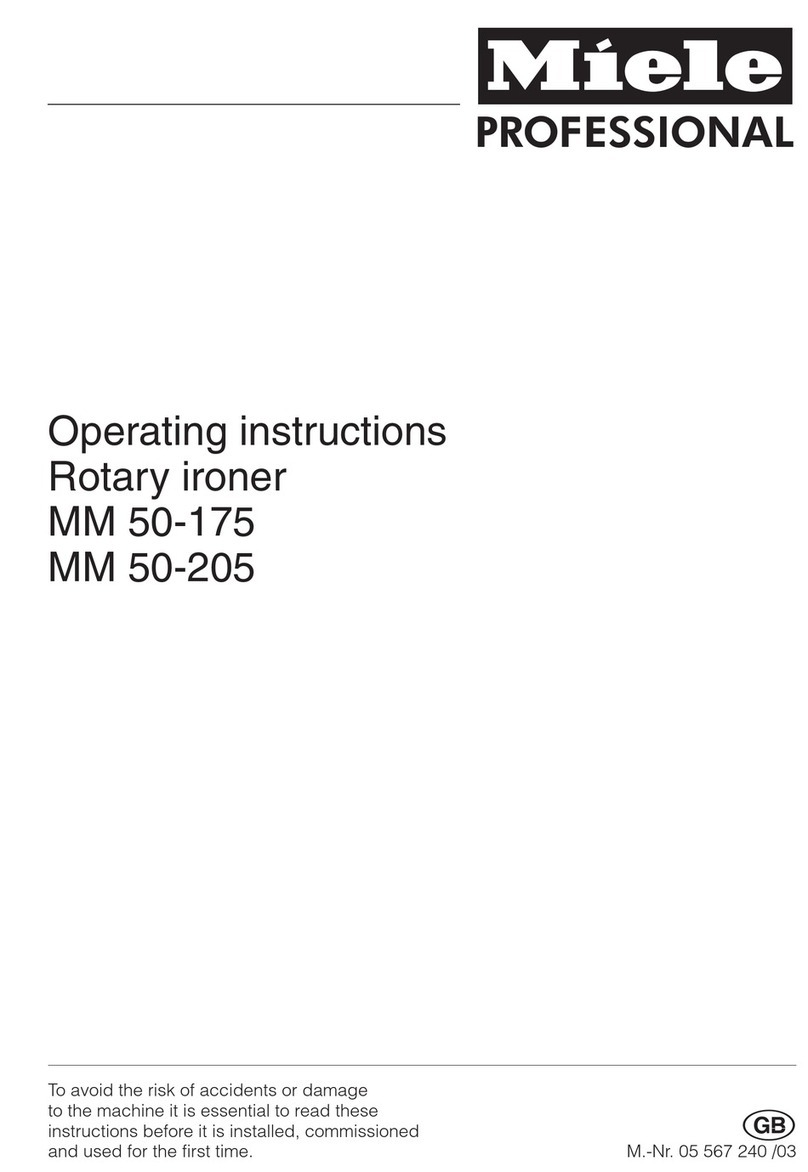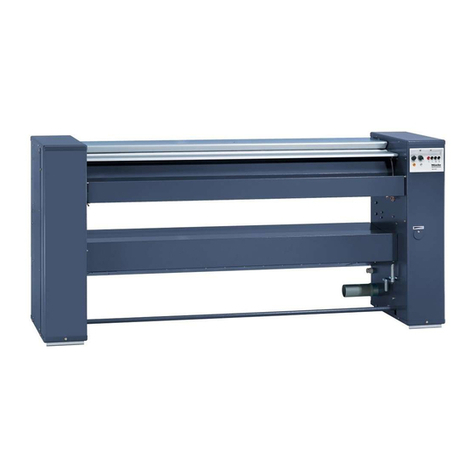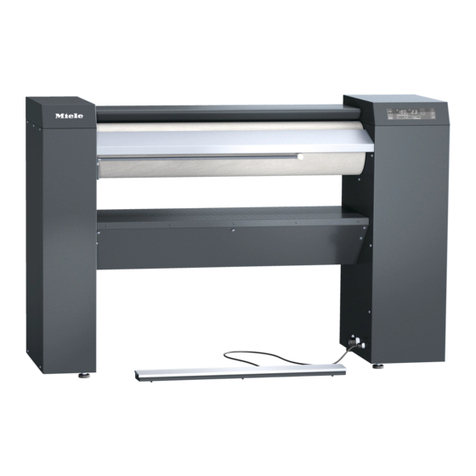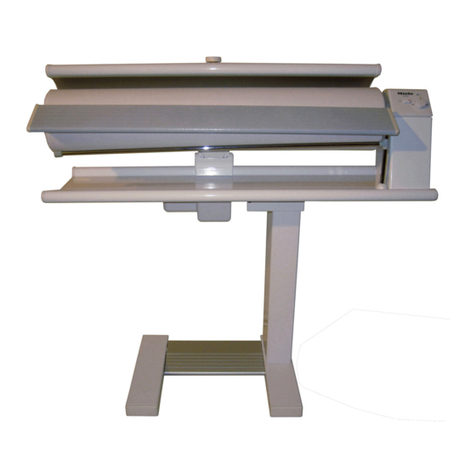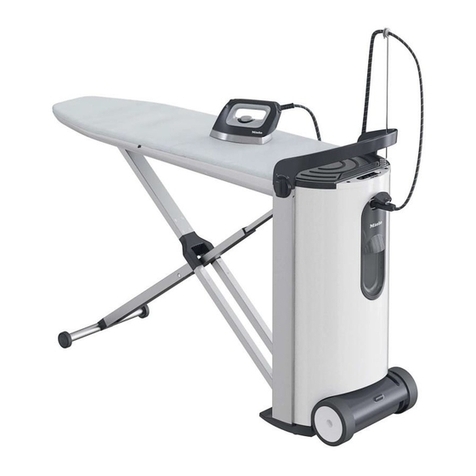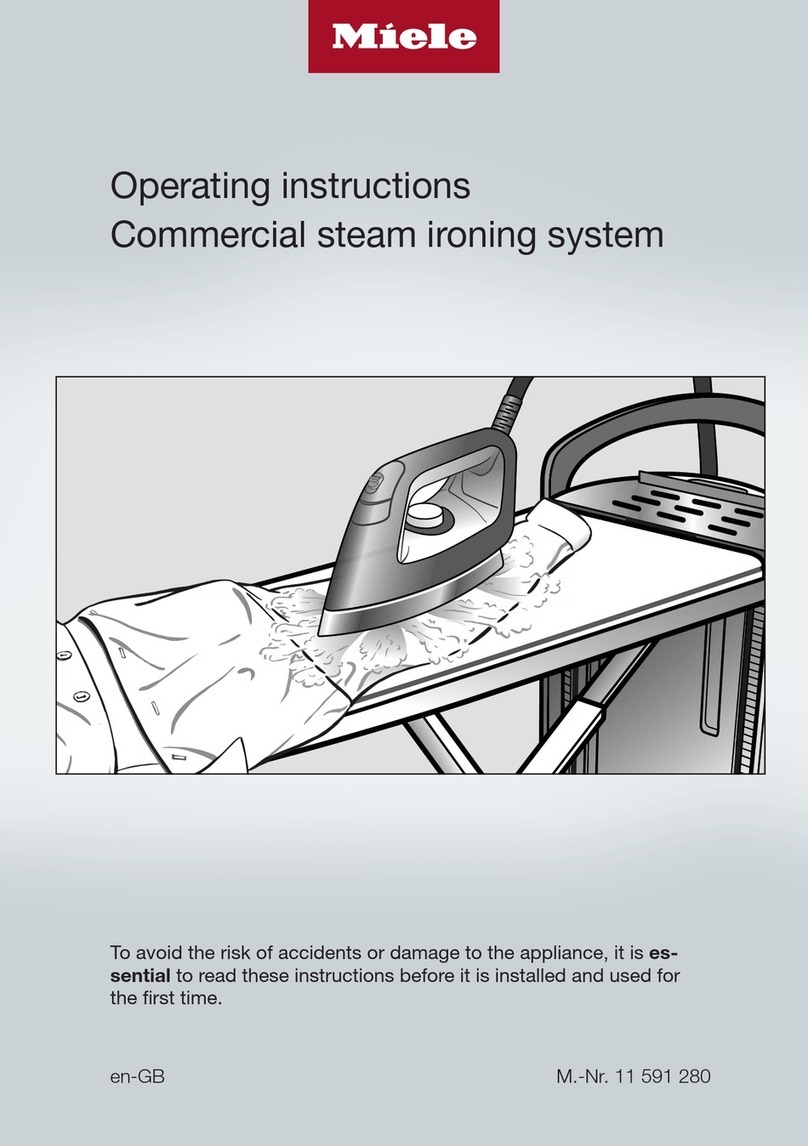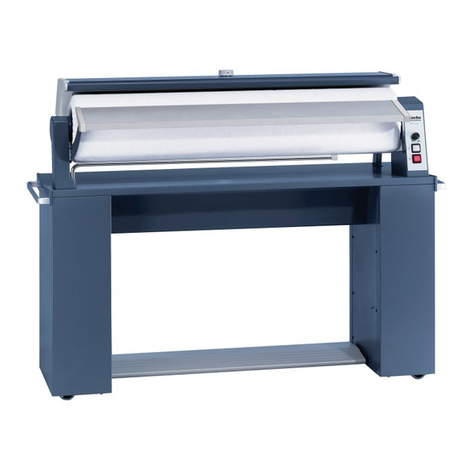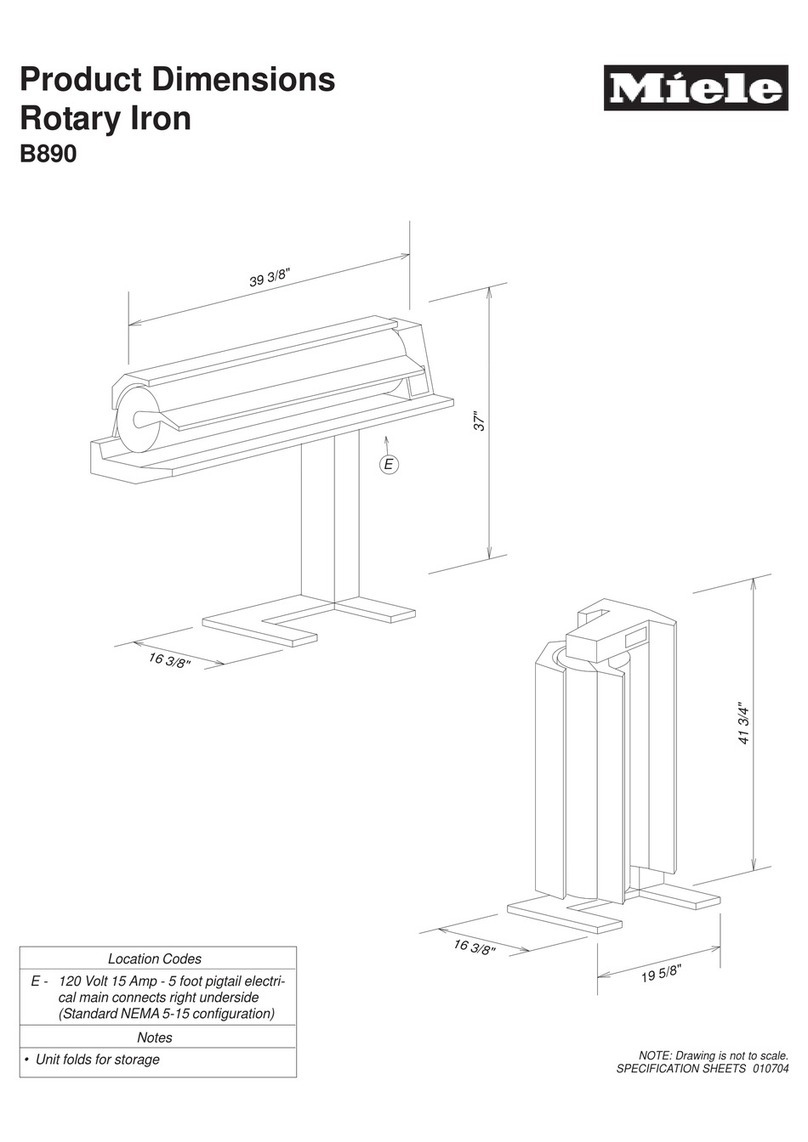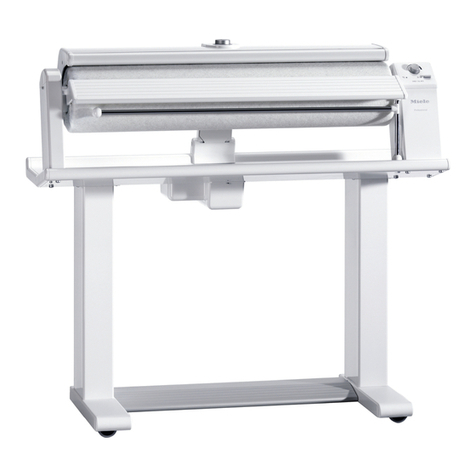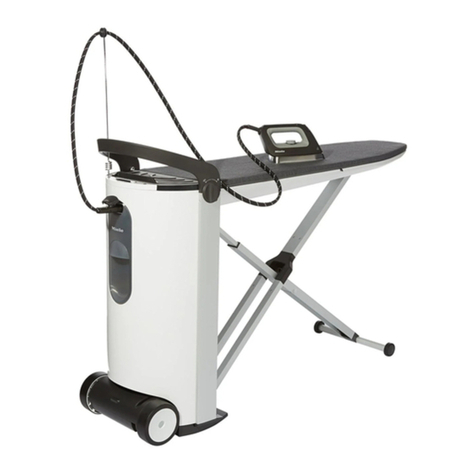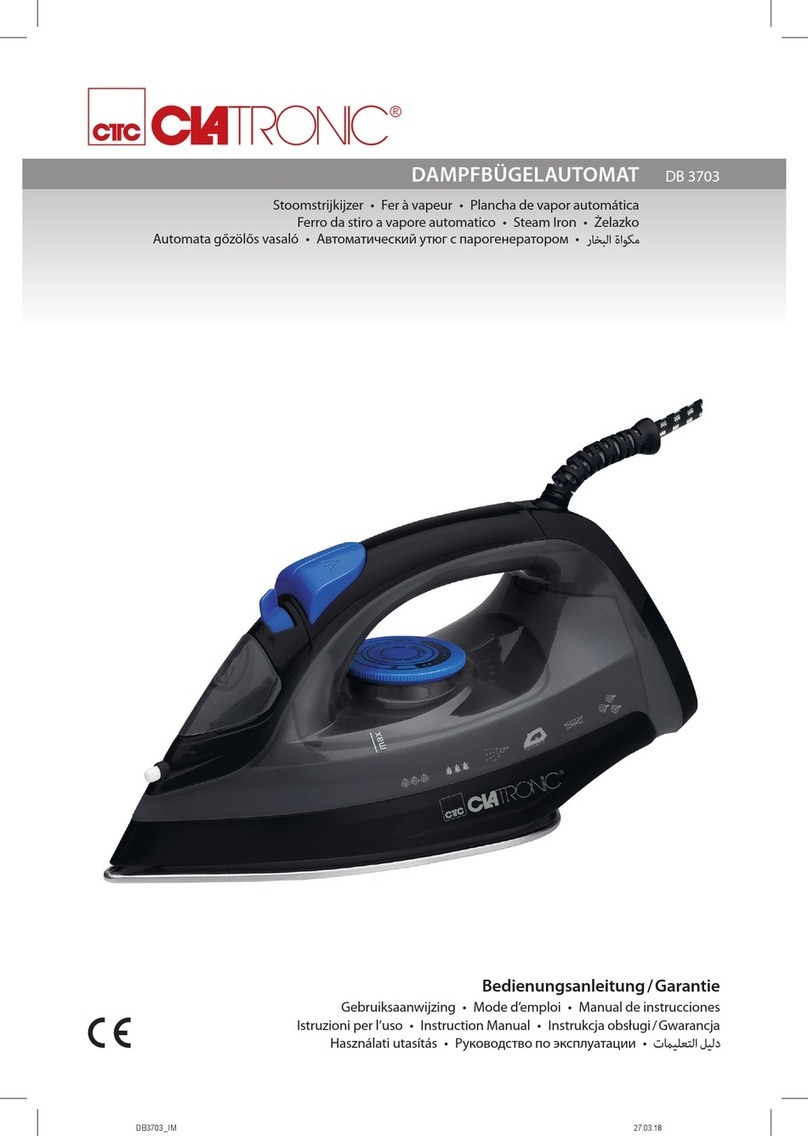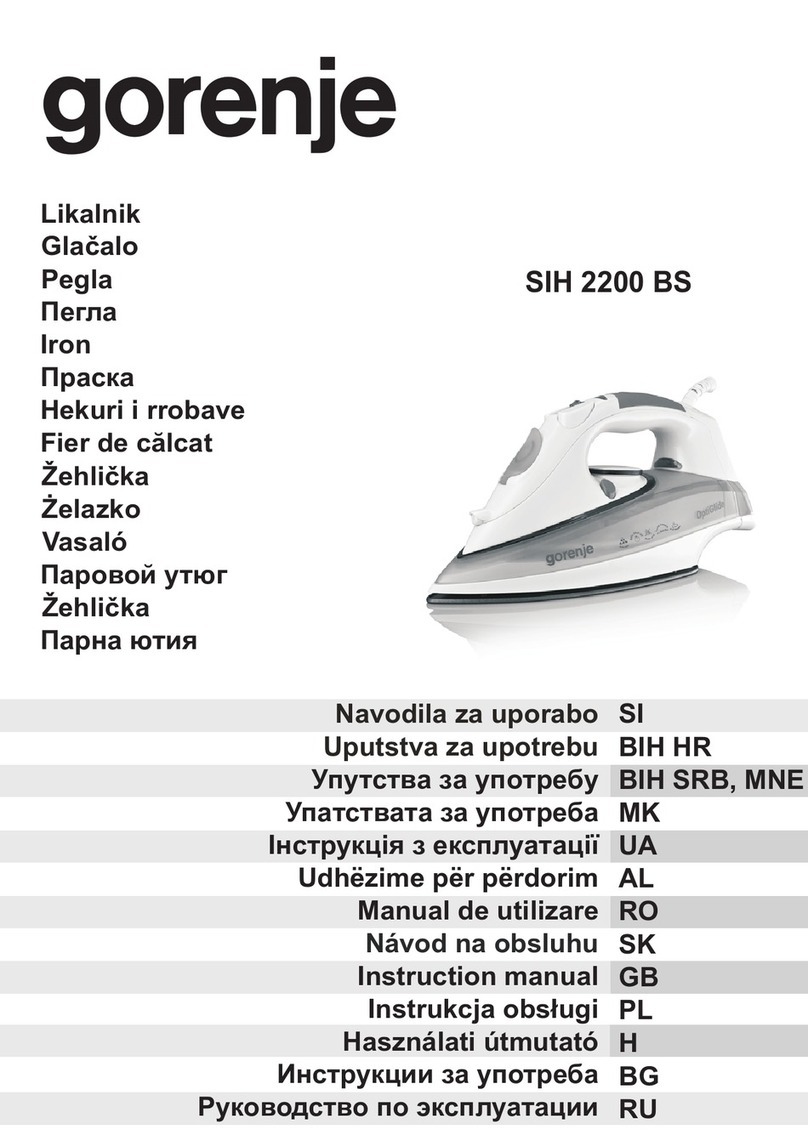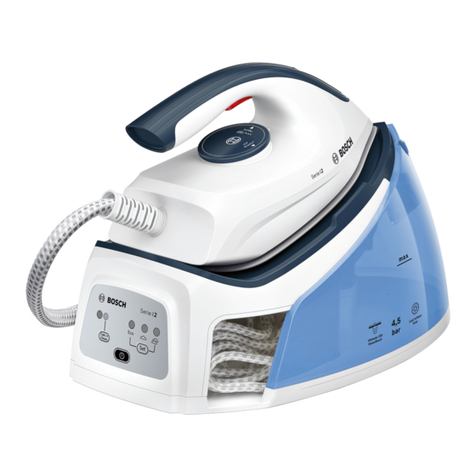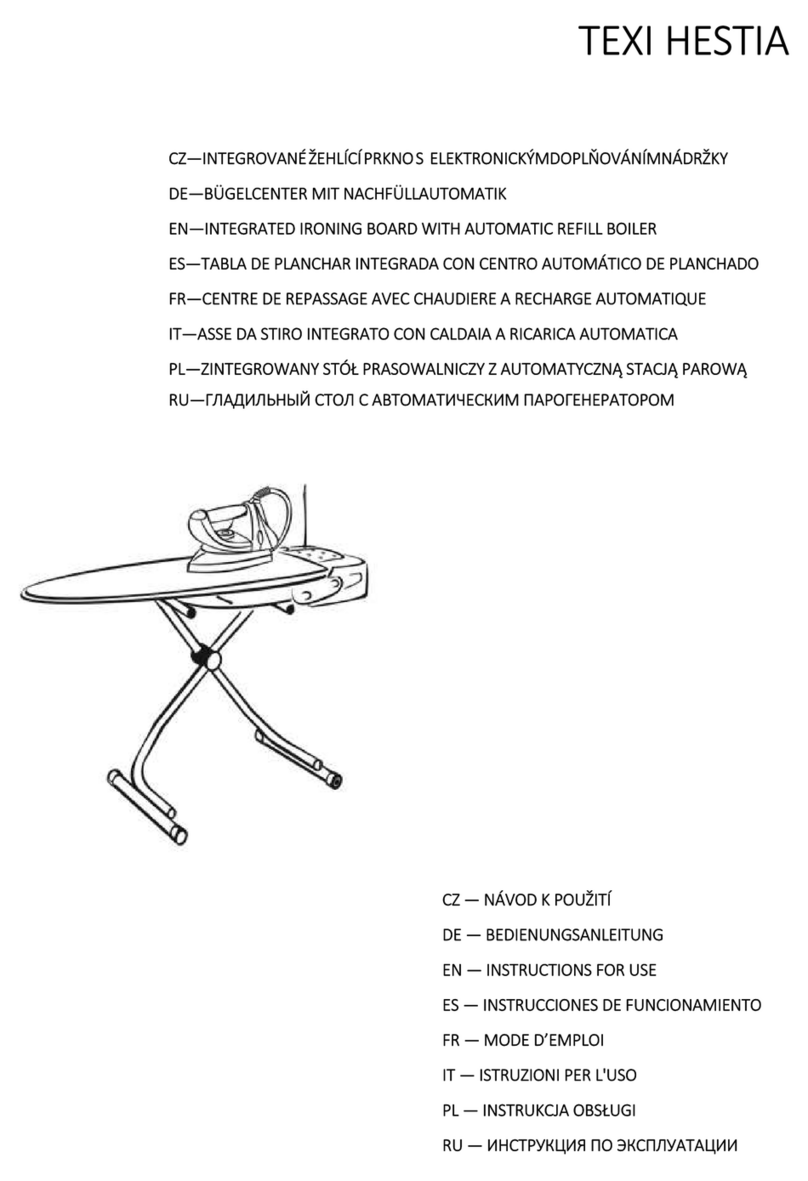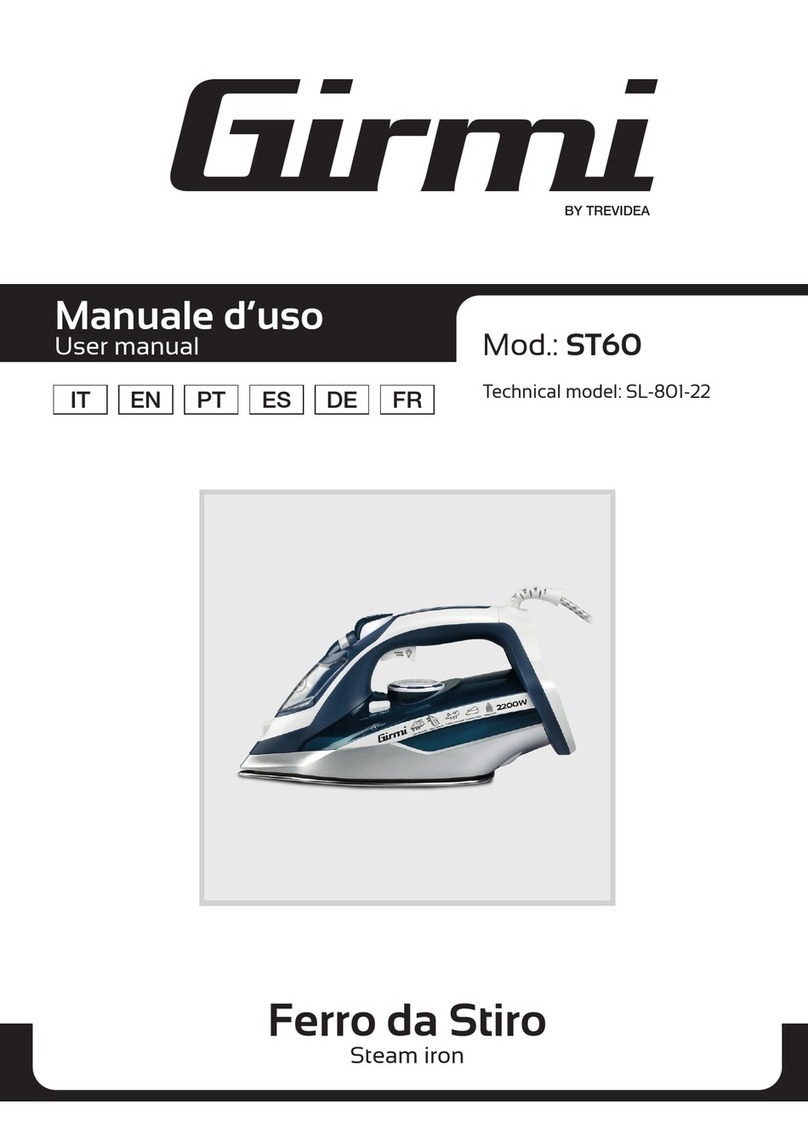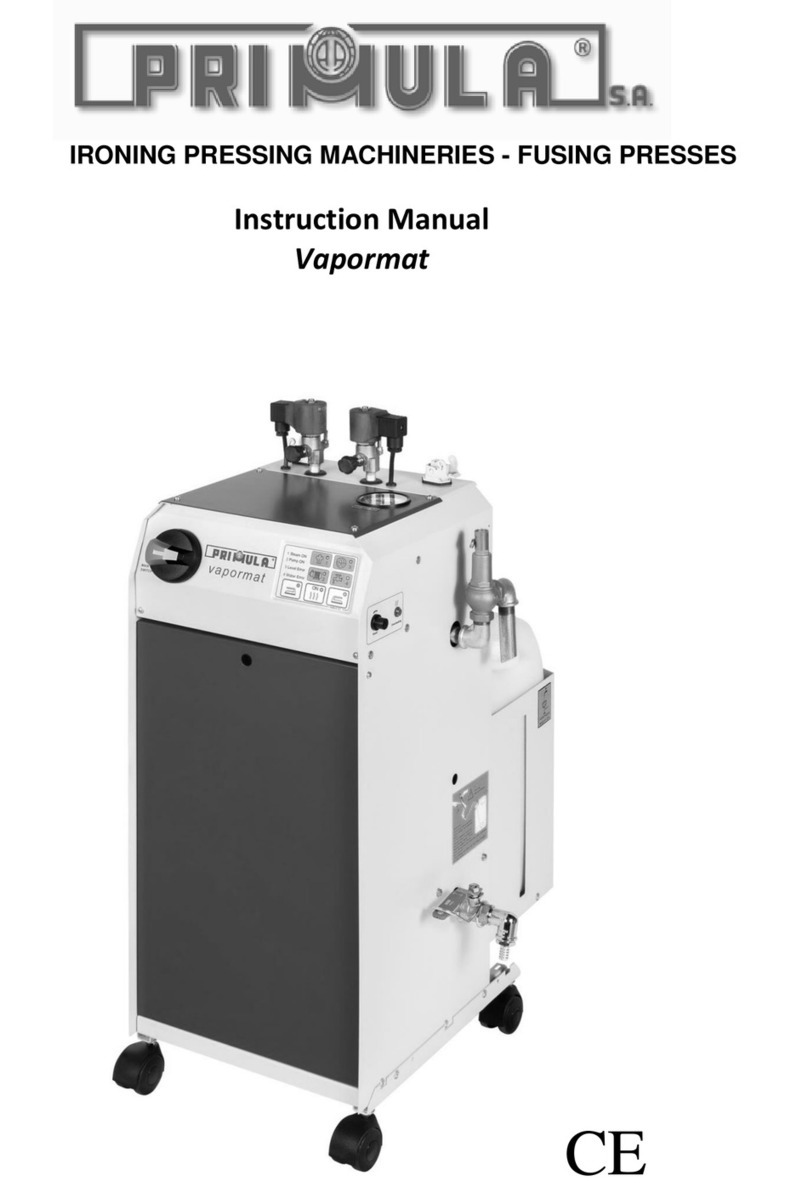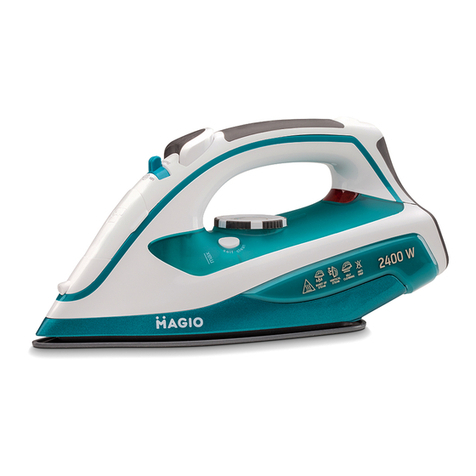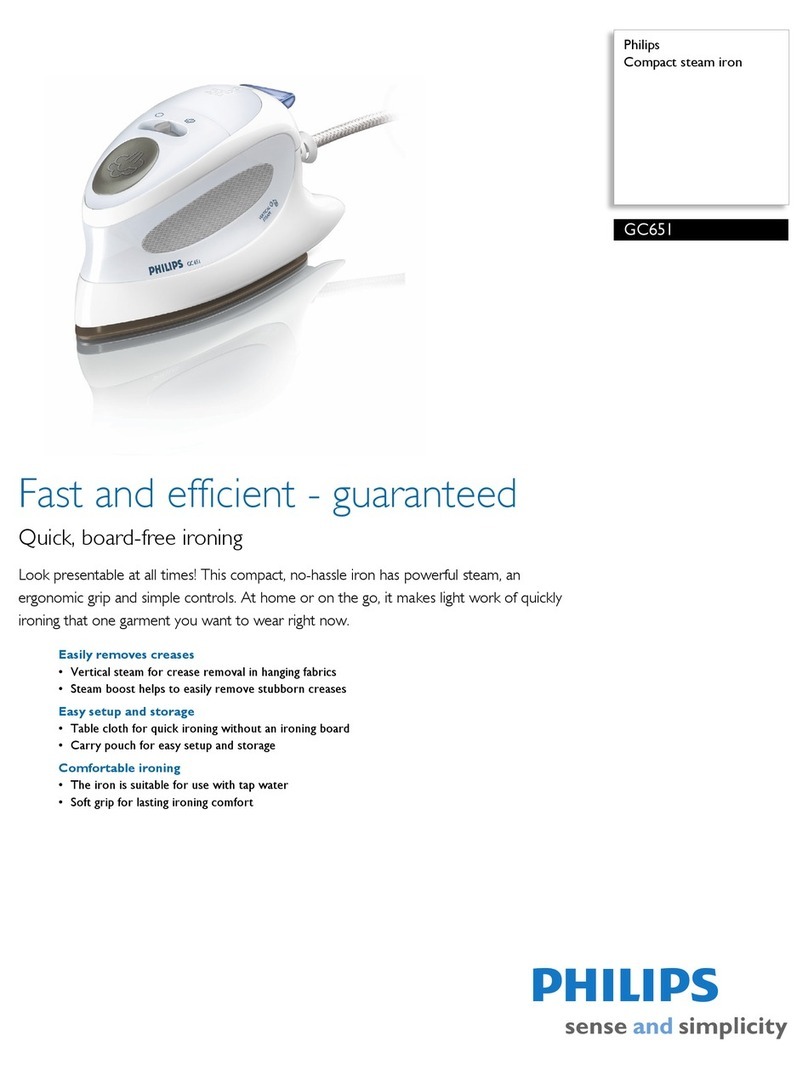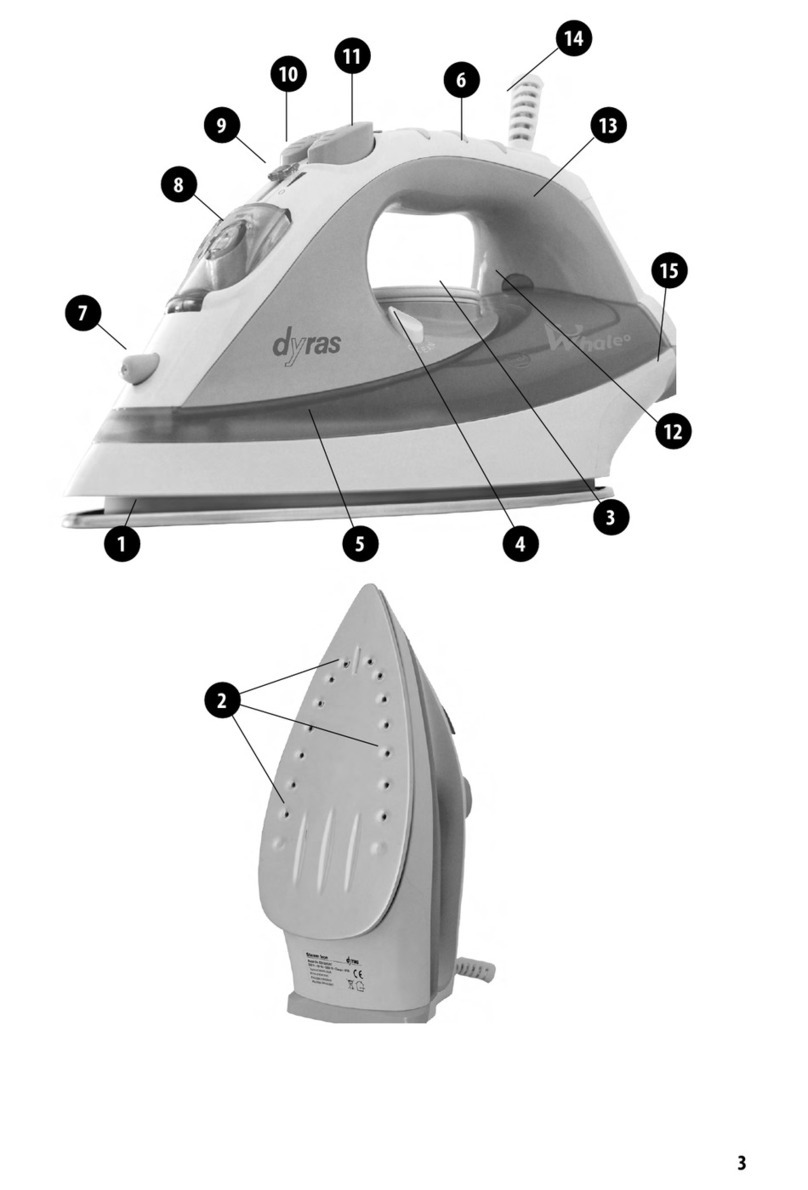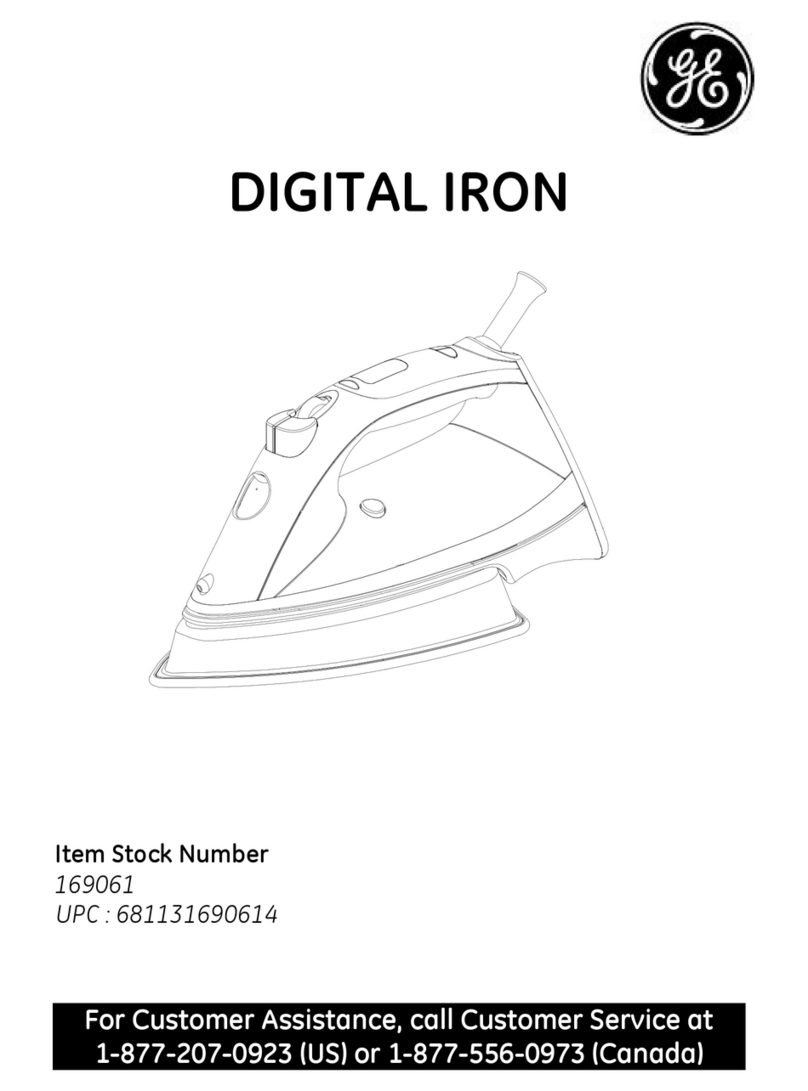
Technical Information
3
B 890/B 990
4.2Heater Plate Motor (M18) Removal ............................................. 30
4.3Hinge Pressure Spring Setting/Adjustment ................................. 30
035 Lifting Arm .............................................................................................. 32
3Fault Repair ............................................................................................. 33
3.1Emergency Release Does Not Allow Laundry to Be Removed ... 33
3.2Heater Plate Cannot Be Lowered Completely ............................. 33
4Service..................................................................................................... 33
4.1Leaf Spring with Holder Replacement ......................................... 33
040 Roller.......................................................................................................35
3Fault Repair ............................................................................................. 36
3.1Laundry Not Taken In .................................................................. 36
3.2Roller Does Not Turn or Only Turns with Difficulty ...................... 36
3.3Roller Does Not Turn ................................................................... 36
3.4Roller Stops or Heater Plate Does Not Start ............................... 36
4Service..................................................................................................... 37
4.1Roller Removal ............................................................................ 37
4.2Ironing Cloth Replacement .......................................................... 38
050 Roller Motor ............................................................................................ 39
2Function................................................................................................... 40
2.1Roller Drive/Motor........................................................................ 40
2.2Control Electronic ........................................................................ 40
3Fault Repair ............................................................................................. 41
3.1Noisy Operation in the Bearing Flange........................................ 41
4Service..................................................................................................... 41
4.1Control Electronic (A1) Removal ................................................. 41
4.2Drive Shaft Removal.................................................................... 42
4.3Bearing Flange Removal ............................................................. 42
4.4DC Motor Removal ...................................................................... 42
List of Figures
Figure D-1: Layout of Electrical Components ...................................................................9
Figure D-2: Overview of Rotary Iron ...............................................................................10
Figure D-3: Overview of (a) B 890 and (b) B 990 Controls .............................................10
Figure 010-1: Main Electronic N2, B 890 ........................................................................ 12
Figure 010-2: Main Electronic N2, B 990 ........................................................................ 13
Figure 010-3: Main Electronic Cover............................................................................... 15
Figure 010-4: Main Electronic Screw .............................................................................. 15
Figure 010-5: Bowden Cable and Plastic Hinge .............................................................18
Figure 010-6: Bowden Cable Holder and Pulley ............................................................. 18
Figure 010-7: Bowden Cable Pin .................................................................................... 19
Figure 010-8: Handle Removal ....................................................................................... 20
Figure 020-1: Heater Electrical Circuit ............................................................................ 22
Figure 020-2: Heater Temperature Control.....................................................................22
Figure 020-3: Finger Guard............................................................................................. 23
Figure 020-4: Handle (Locking Catch) ............................................................................ 24


